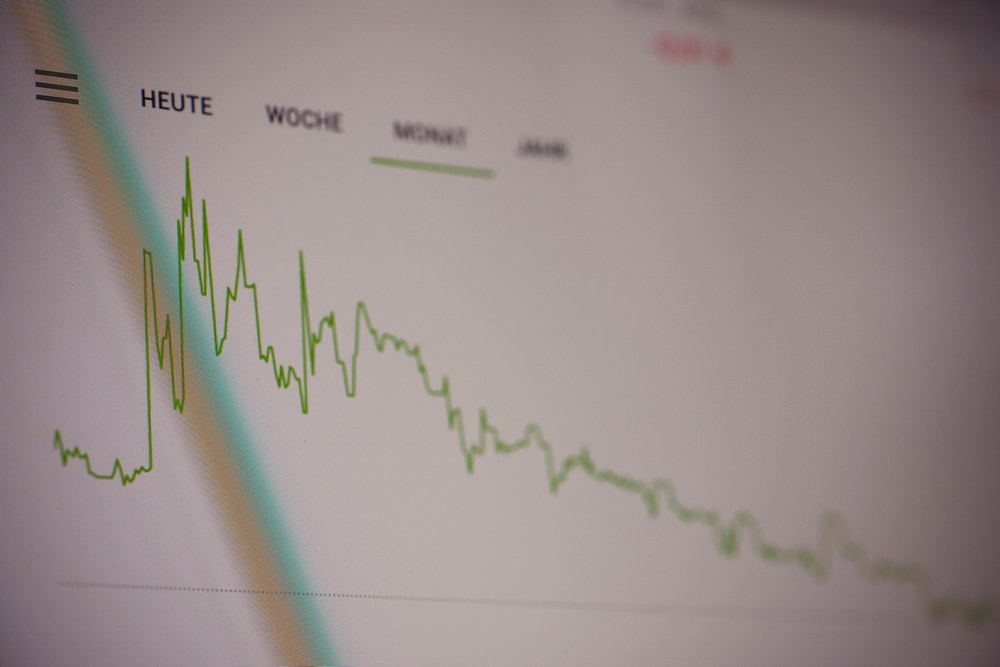
KPI – December 2023: The Brief
KPI – December 2023: State of Business
KPI – December 2023: Consumer Trends
KPI – December 2023: State of Manufacturing
KPI – December 2023: Recent Vehicle Recalls
In November, the Consumer Price Index for All Urban Consumers (CPI-U) increased 0.1% on a seasonally adjusted basis, according to the U.S. Bureau of Labor Statistics. Over the last 12 months, the all-items index increased 3.1% before seasonal adjustment.

IMPORTANT TAKEAWAYS, COURTESY OF THE U.S. BUREAU OF LABOR STATISTICS:
- The index for shelter continued to rise in November, offsetting a decline in the gasoline index. The energy index fell 2.3% month-over-month, while the food index increased another 0.2% after rising 0.3% in October.
- Indexes on the rise include rent, owners’ equivalent rent, medical care and motor vehicle insurance. The indexes for apparel, household furnishings and operations, communication and recreation were among those to decrease month-over-month.
- The all-items index rose 3.1% year-over-year, following a 3.2% increase a month prior. The all items less food and energy index rose 4% year-over-year, while the energy index decreased 5.4%.

EMPLOYMENT
Total non-farm payroll employment increased by 199,000 in November – a slow-but-steady rate in a stabilizing economy. According to leading economists, the past couple of months represent “a cooling labor market” in the U.S.
“Today’s jobs report shows a continued stabilization following the hot summer hiring season, leading to a New Year reset,” says Becky Frankiewicz, chief commercial officer of ManpowerGroup. “We’ve anticipated a stabilization, and we’re moving toward it slowly but surely.”
The unemployment rate and number of unemployed persons ticked down to 3.7% and 6.3 million, while the labor force participation rate and the long-term unemployed (those jobless for 27 weeks or more) hovered at 62.8% and 18.3%, respectively, according to the U.S. Bureau of Labor Statistics.
In addition, average hourly earnings, a key inflation indicator, increased by 0.4% month-over-month and 4% year-over-year. The monthly increase was slightly ahead of the 0.3% estimate, but the yearly rate was on target.
Economists predict wage pressures will chill further in the months ahead, particularly as labor market conditions deteriorate and the demand for workers balances with a limited pool of available workers.

Current data also shows “a modest downward revision” to job growth at the beginning of fall. September gains, for example, were revised down by a total of 35,000 jobs to 262,000, suggesting that the labor market is slightly weaker than it previously appeared.
“Sorting through the noise, the picture that is emerging is one of a resilient but cooler labor market,” says Lydia Boussour, EY senior economist. “Job gains have become less broad-based, labor demand continues to fall and jobless claims are creeping higher in a sign of softer conditions.”

Source: U.S. Bureau of Labor Statistics data
BY DEMOGRAPHIC
This month, unemployment rates among the major worker groups: adult women – 3.1%, adult men – 3.7%, teenagers – 11.4%, Asians – 3.5%, Whites – 3.3%, Hispanics – 4.6% and Blacks – 5.8%.
Last month, unemployment rates among the major worker groups: adult women – 3.3%, adult men – 3.7%, teenagers – 13.2%, Asians – 3.1%, Whites – 3.5%, Hispanics – 4.8% and Blacks – 5.8%.

Caption: The seasonally adjusted national unemployment rate is measured on a monthly basis in the U.S. In November 2023, the national unemployment rate was at 3.7%. Seasonal adjustment is a statistical method of removing the seasonal component of a time series that is used when analyzing non-seasonal trends.

BY INDUSTRY
In November, the largest job gains occurred in health care and government. Employment also increased in manufacturing.
For context, approximately 50,000 of the 199,000 total monthly job gains is attributed to government – a quarter of the documented growth. Furthermore, current employment numbers also were elevated by sizeable gains in workers returning from strikes in the auto and entertainment industries. Without the latter return rate, it is credible to predict far lower employment gains in November.
“The ETI continued to trend downward after peaking in March 2022,” says Selcuk Eren, senior economist at The Conference Board. “While the index is still elevated compared to its pre-pandemic level – and job gains are expected to continue in December and early 2024 – the labor market shows clear signs of cooling with fewer opportunities available for jobseekers.”
For example, the number of employees working in temporary help services – an important early indicator for hiring in other industries – resumed its decline in November from its peak in March 2022.
Data shows initial claims for unemployment insurance increased for a second consecutive month in November, though they remain low historically. From The Conference Board Consumer Confidence Survey, the share of respondents that reported jobs were “hard to get” reached its highest level since March 2021, while a smaller share of small firms reported difficulties hiring.
“Looking ahead, we project that job growth will continue slowing and forecast job losses will start in the second quarter of 2024, with the unemployment rate rising to 4.3% by the second half of 2024,” Eren says.

Caption: The Conference Board Employment Trends Index (ETI) decreased in November to 113.05, from a downwardly revised 113.09 in October. The Employment Trends Index is a leading composite index for employment. When the Index increases, employment is likely to grow as well, and vice-versa. Turning points in the Index indicate that a change in the trend of job gains or losses is about to occur in the coming months.
IMPORTANT TAKEAWAYS, COURTESY OF THE U.S. BUREAU OF LABOR STATISTICS:
- Healthcare added 77,000 jobs, above the average monthly increase of 54,000 during the last 12 months. Job gains continued in ambulatory healthcare services (+36,000), hospitals (+24,000) and nursing and residential care facilities (+17,000).
- Government employment increased by 49,000, in line with the average monthly gain of 55,000. Employment continued to trend up in local government (+32,000) and state government (+17,000).
- Manufacturing rose by 28,000, reflecting an increase of 30,000 in motor vehicles and parts as workers returned from a strike.
- Leisure and hospitality continued to trend up (+40,000), almost exclusively in food services and drinking places. Leisure and hospitality added an average of 51,000 jobs per month during the past 12 months.



